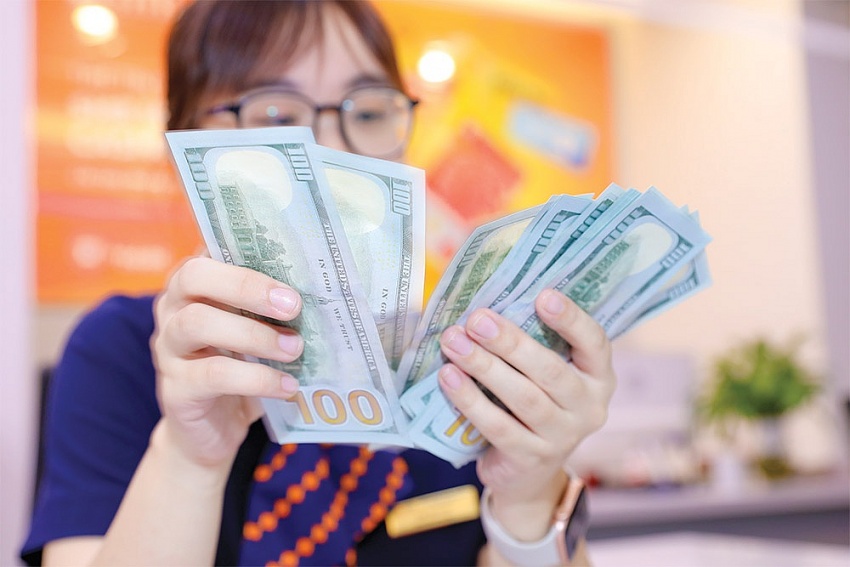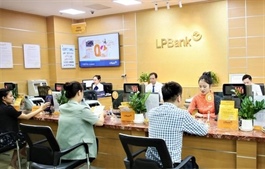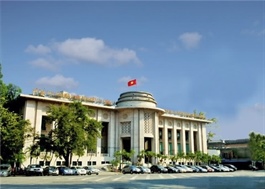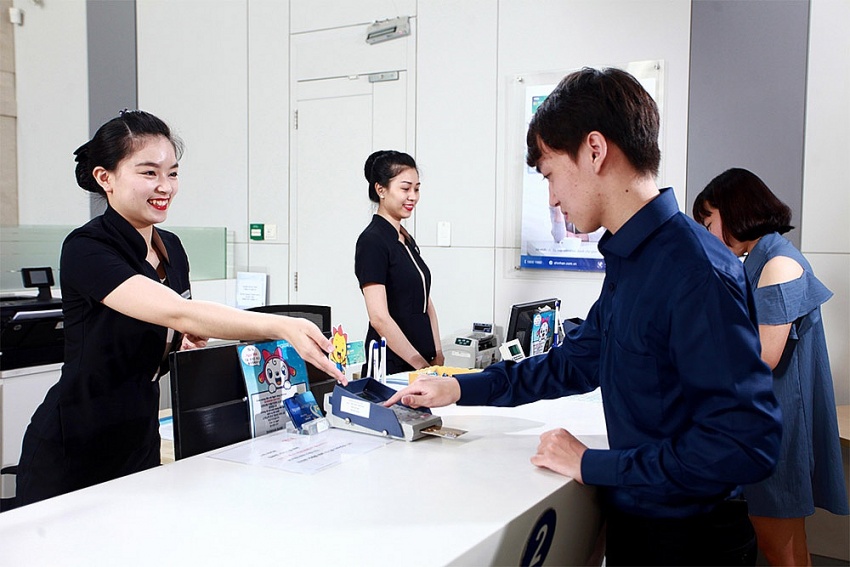Remittance fee drop could boost economy
Remittance fee drop could boost economy
Experts have recommended that Vietnamese banks collaborate with foreign institutions to reduce remittance fees, as remittances remain one of the most vital financial sources for the country, especially for Ho Chi Minh City.

Johnathan Hanh Nguyen, chairman of multi-sectoral IPP Group, emphasised the importance of remittances in contributing to Vietnam’s economic growth.
“Since the remittance programme was launched in 1989 to collect and distribute funds sent by overseas Vietnamese, it has grown exponentially,” he said at a conference last week on maximising the efficiency of remittances in Ho Chi Minh City through to 2030.
“From modest sums of tens of thousands or a few hundred thousand US dollars, remittances have now reached billions of US dollars, becoming a crucial financial lifeline for Vietnam,” Nguyen said.
Nguyen also highlighted the critical role remittances play in bolstering the economy, particularly in offsetting the trade deficit.
“It is estimated that if Vietnam’s exports reach $130 billion, remittances could contribute as much as $30 billion – a significant amount for the country’s development,” he said.
Beyond personal transfers, Nguyen pointed out that many overseas Vietnamese business owners wish to remit profits directly to Vietnam, bypassing personal accounts to avoid intermediary taxes and fees. “This is a legitimate capital flow that should be encouraged, rather than routed through personal accounts first,” he said.
Nguyen called on the State Bank of Vietnam (SBV) and local banks to strengthen their ties with global banks to facilitate remittances, particularly from overseas Vietnamese companies, to further develop this vital financial resource.
According to the SBV’s Ho Chi Minh City branch, preliminary data from 14 remittance companies show that by the end of September, the city had received over $5.48 billion in remittance, a 10 per cent on-year increase.
Trinh Hoai Nam, director of Vietcombank’s Remittance Services said, “Since the beginning of 2024, Vietcombank has handled approximately $1.8 billion in remittances, a sum comparable to Vietnam’s crude oil exports or the export turnover of major localities like Danang or Khanh Hoa.”
“Currently, Vietnamese banks have partnered with remittance companies in 250 countries and digitised payments, making it easier for recipients to convert foreign currency into VND, withdraw from ATMs, or transfer funds into online savings accounts.”
However, Nam noted that only about half of total remittances are processed through official banking channels, with the rest flowing through informal routes.
“Remittances are typically seen as funds sent by individuals abroad to their relatives in Vietnam. To increase remittance flows, we should extend mechanisms to include organisations, which have stronger financial foundations and prefer formal channels,” he said.
Nam also highlighted the shift in remittance sources, noting that labour export markets such as Japan, South Korea, and Taiwan had become the primary drivers of remittances to Vietnam.
“We’ve seen a sharp increase in remittances from overseas workers, both in the number of transactions and the value of each transfer,” he said. “In contrast, traditional markets like the US and Europe are experiencing declines in both volume and transaction value.”
Meanwhile, Tran Ba Phuc, chairman of the Vietnamese Business Association in Australia, stated that approximately 400,000 Vietnamese residents in Australia contribute over $13 billion annually to Vietnam, accounting for 15-17 per cent of the country’s total remittances.
“However, Vietnamese banking services have yet to expand into Australia, and foreign banks charge exorbitant fees,” Phuc added.
Vu Thi Huynh Mai, chairwoman of the Committee for Overseas Vietnamese in Ho Chi Minh City, revealed that the committee, in collaboration with the SBV’s Ho Chi Minh City branch, is working to create a structured remittance framework and offer transaction fee support to encourage formal remittance transfers.
“We aim to shift overseas Vietnamese from informal remittance channels to formal banking systems through targeted media campaigns,” she said.
Additionally, the committee is developing a database of overseas Vietnamese with the potential to support Vietnamese exports abroad. This initiative will promote Ho Chi Minh City’s products in global markets, attracting foreign currency back to the city.
“We will work with local media to promote the government’s investment strategy, so overseas Vietnamese understand the key opportunities for remittances in agriculture, clean industries, tourism, and infrastructure. We will ensure there is a clear investment roadmap for the community,” Mai said.
Nguyen Duc Lenh, deputy director of the SBV’s Ho Chi Minh City branch, noted that the city was refining policies to sustain the growth of remittances.
“In the first nine months of this year, Ho Chi Minh City received around $5.5 billion in remittances, marking a 10.4 per cent on-year increase. These figures show the city’s strategy is on the right track,” Lenh said.
According to data from the World Bank, remittances to Vietnam in 2023 were estimated at $16 billion, with Ho Chi Minh City alone receiving around $9.46 billion, representing a 43.3 per cent increase compared to 2022. This figure is three times higher than foreign direct investment (FDI) inflows.
Ho Chi Minh City consistently records the highest remittance inflows annually, accounting for more than half of the national total. Last year, remittances to the city were 2.7 times higher than total FDI and represented roughly 14 per cent of the city’s regional GDP.

























